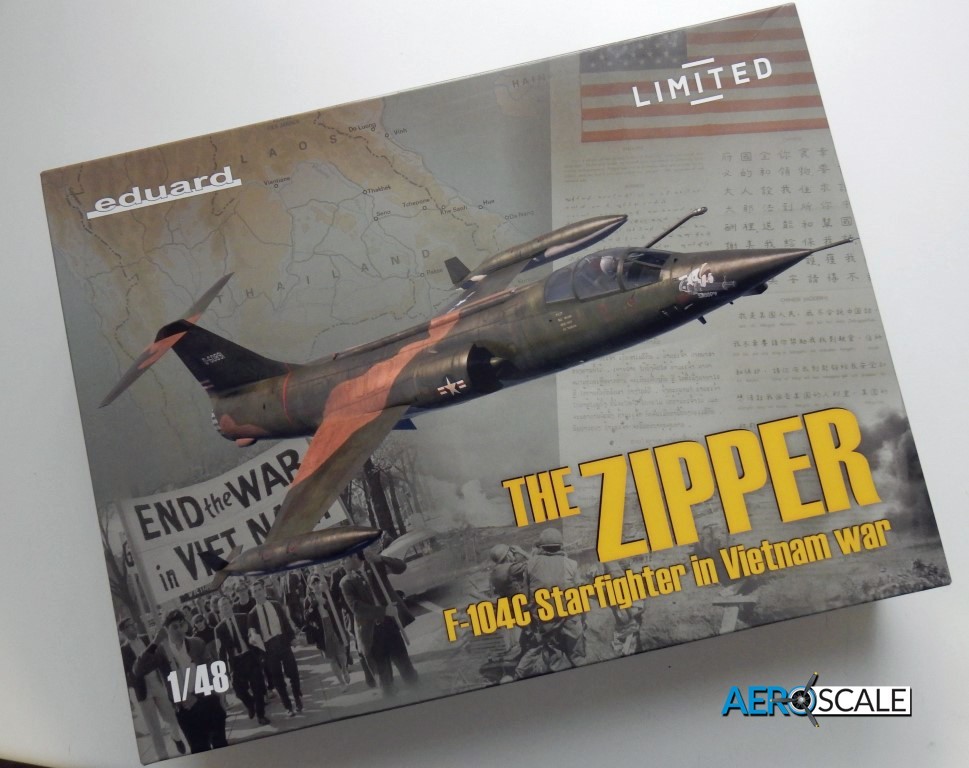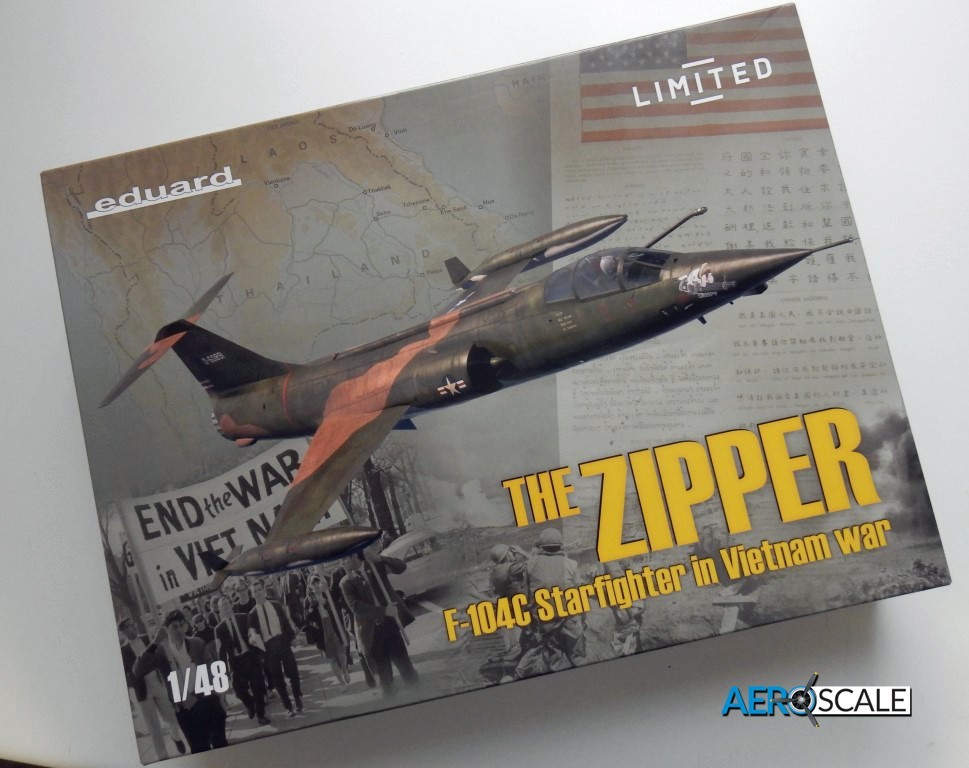
History
On April 19, 1965, the F-104C-equipped 476th Tactical Fighter Squadron arrived at Da Nang Air Base. The plane, a fighter-bomber variant, had a refueling probe and hard points to mount external fuel tanks, bombs or up to four AIM-9 Sidewinder infrared-guided air-to-air missiles. Its primary mission was escorting Lockheed EC-130 motherships carrying drones and the “Big Eye” early warning (radar-equipped) planes that provided surveillance support to U.S. aircraft over North Vietnam. The Starfighters also conducted strike and close-air-support missions in North and South Vietnam, as well as Operation Iron Hand missions to destroy North Vietnamese missile sites.
The F-104C’s deployment to Indochina ended on July 19, 1967, after more than 5,000 sorties. During that period, 14 F-104Cs were lost in Southeast Asia—six to groundfire, four to noncombat causes, three to Soviet SA-2 surface-to-air missiles and one to a Chinese J-6 fighter while suffering a navigation systems failure near China’s Hainan Island.
From historynet.com
Packed in the standard Eduard top opening box, the kinetic plastic parts are on three grey sprues and one clear sprue. Being an Eduard Limited Edition reboxing you will also find nine resin parts, two sheets of photo etch, one of which is pre coloured, a set of kabuki style masks and and two extensive decal sheets.
The quality of the mouldings is good with no flash and although there are quite a few ejection pin marks they are very light and seem to be in places that wont be seen or require much attention.
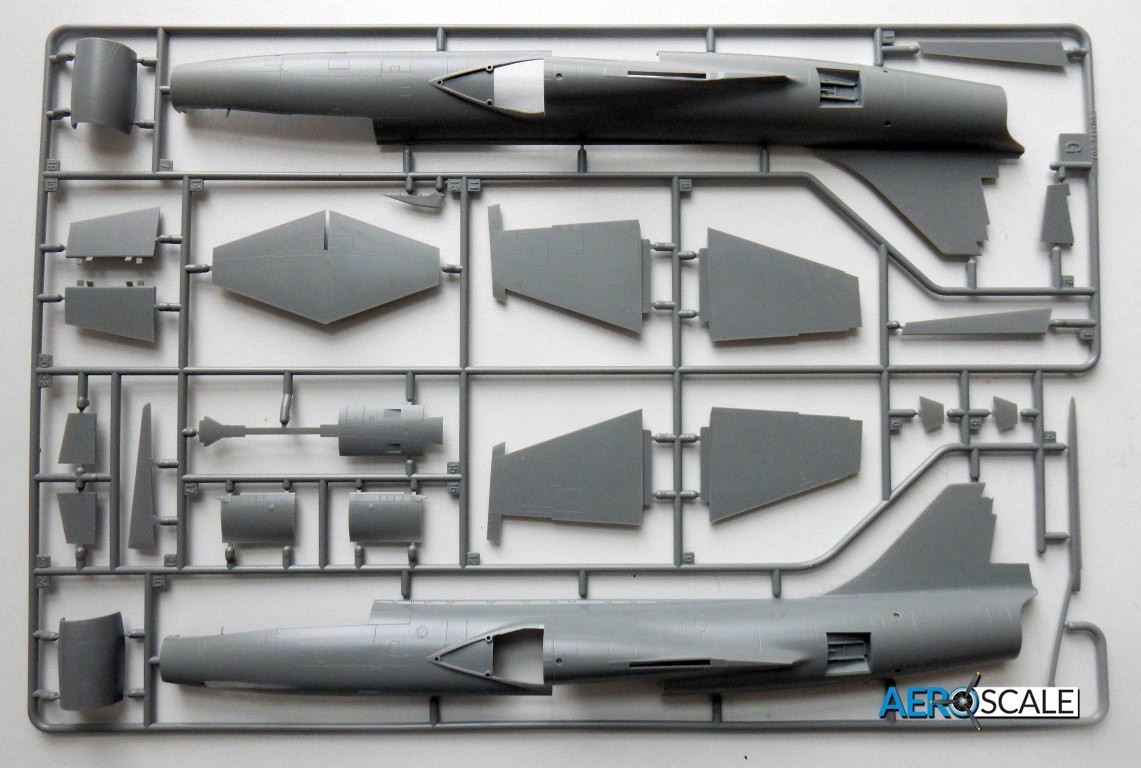
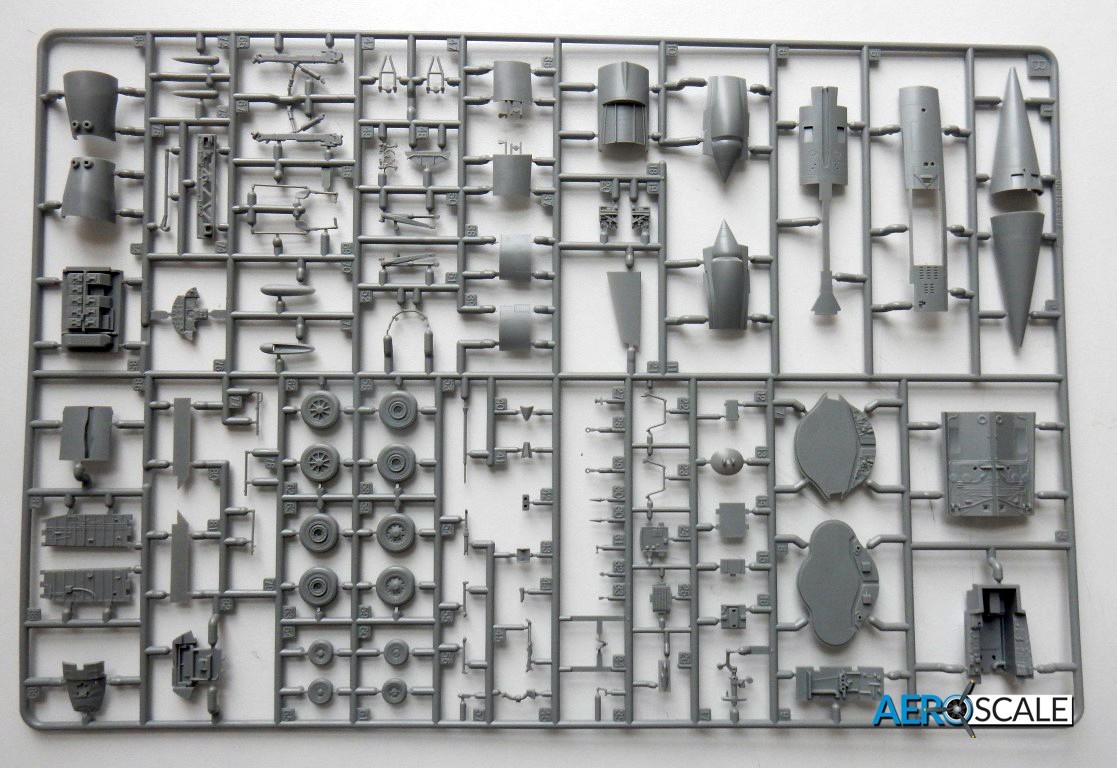
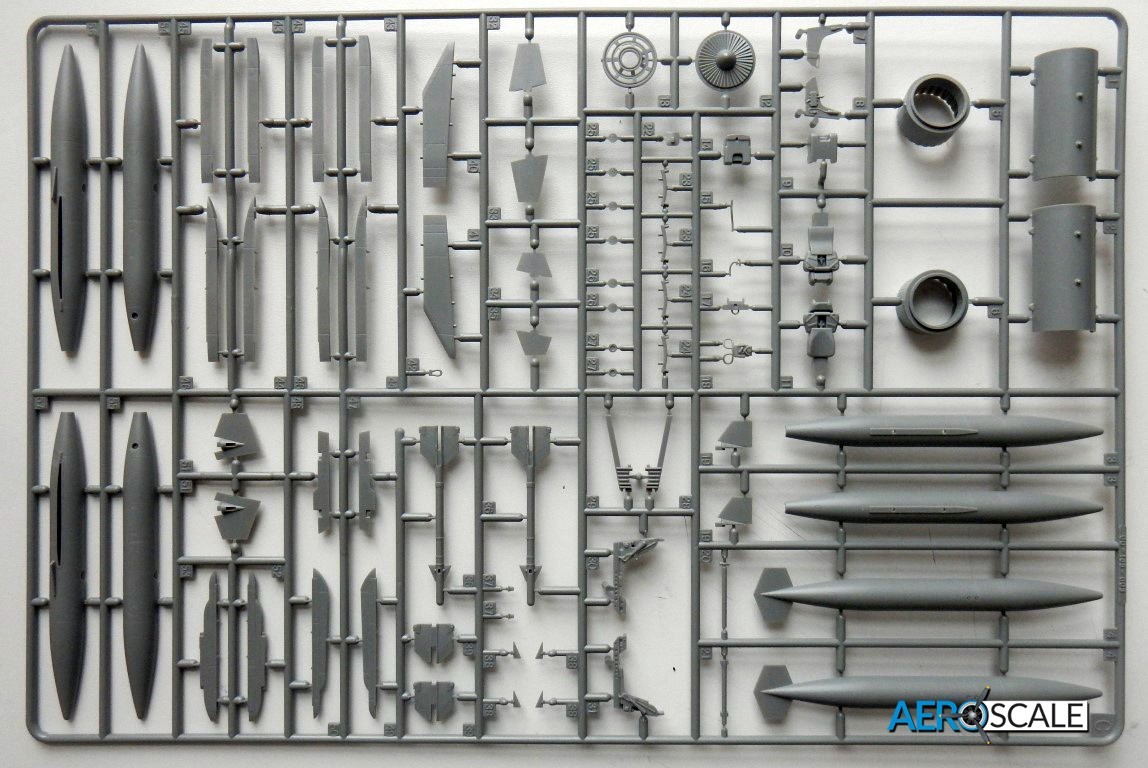
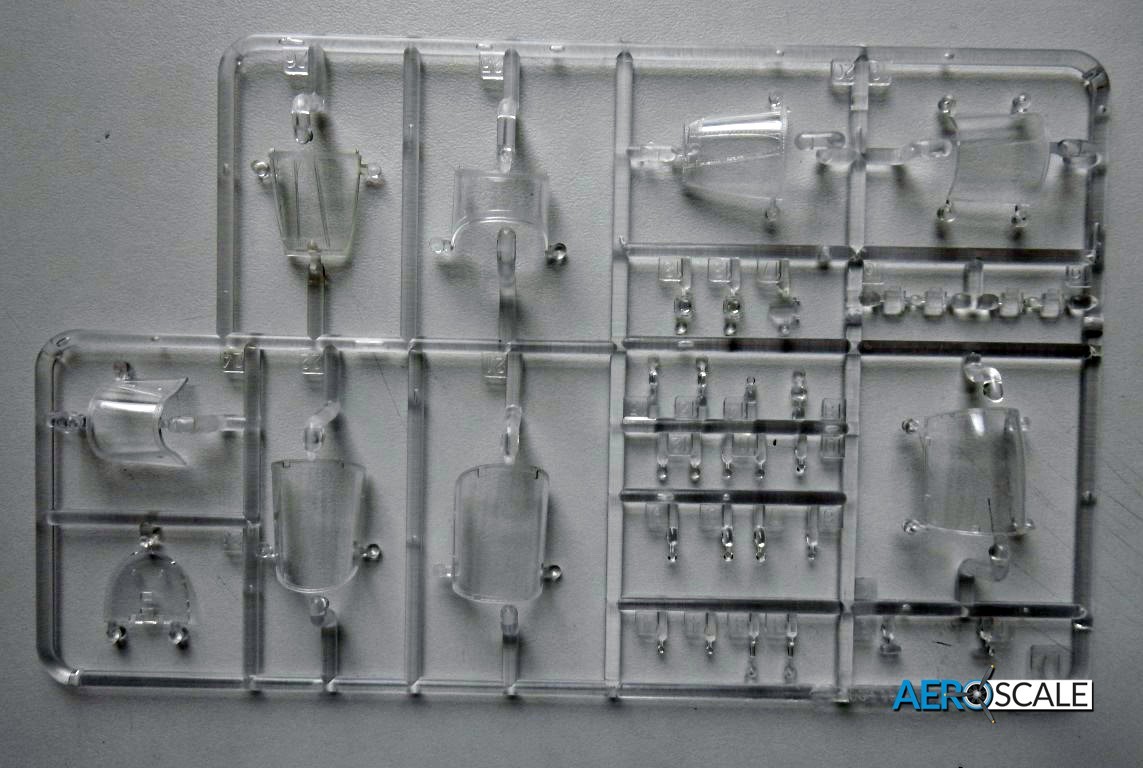
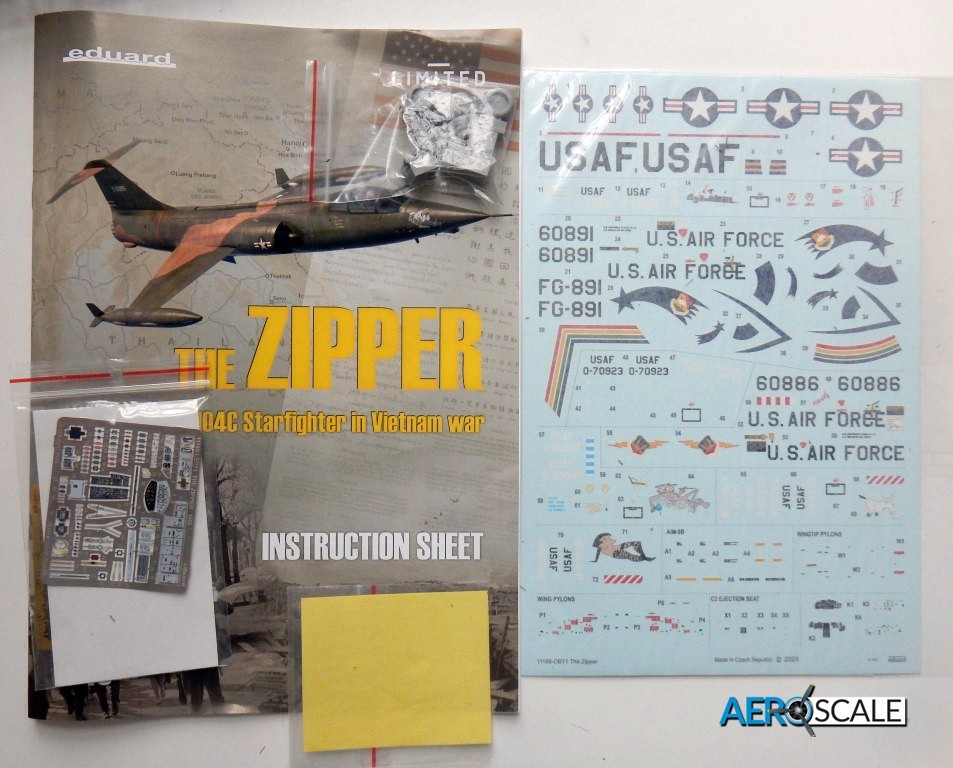
Exterior detail is superb with the recessed rivet detail on the fuselage, wings and tail well reproduced. Panel lines are as good and like the rivets are not too deep.
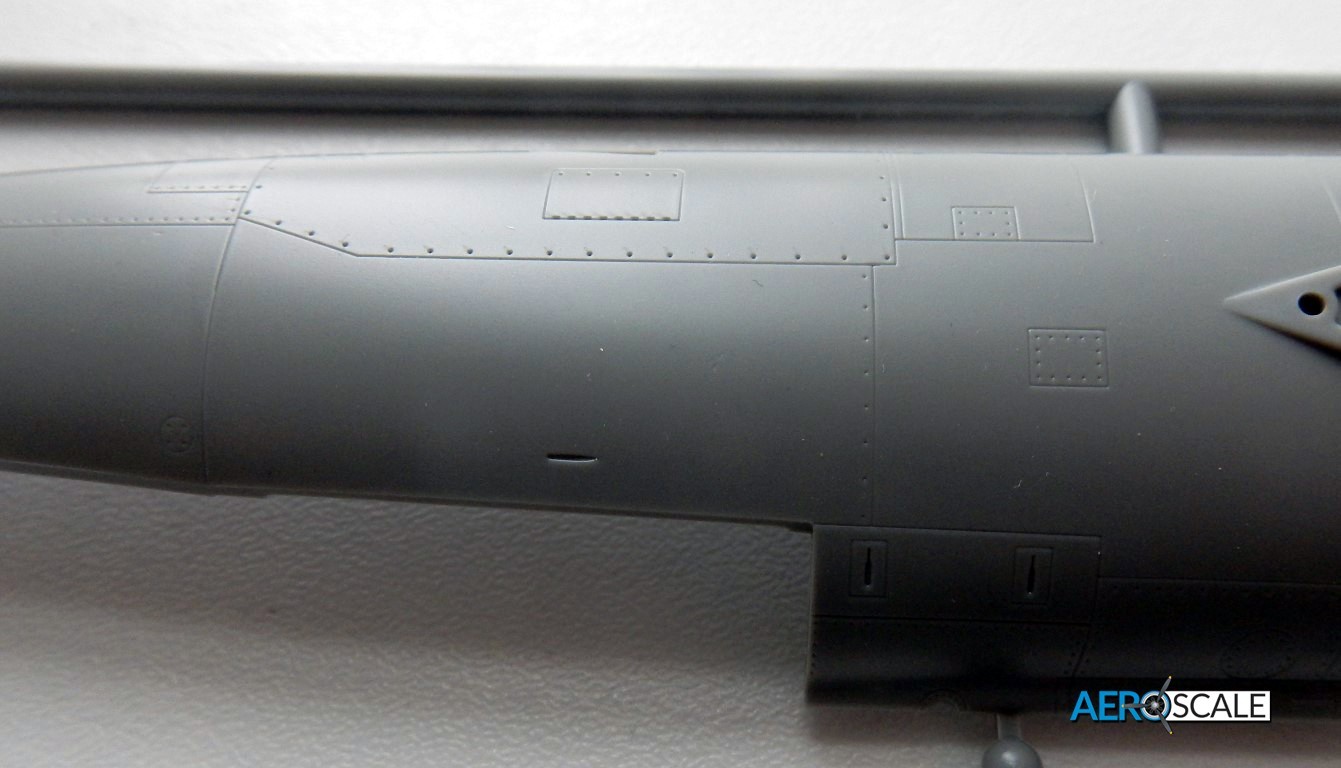
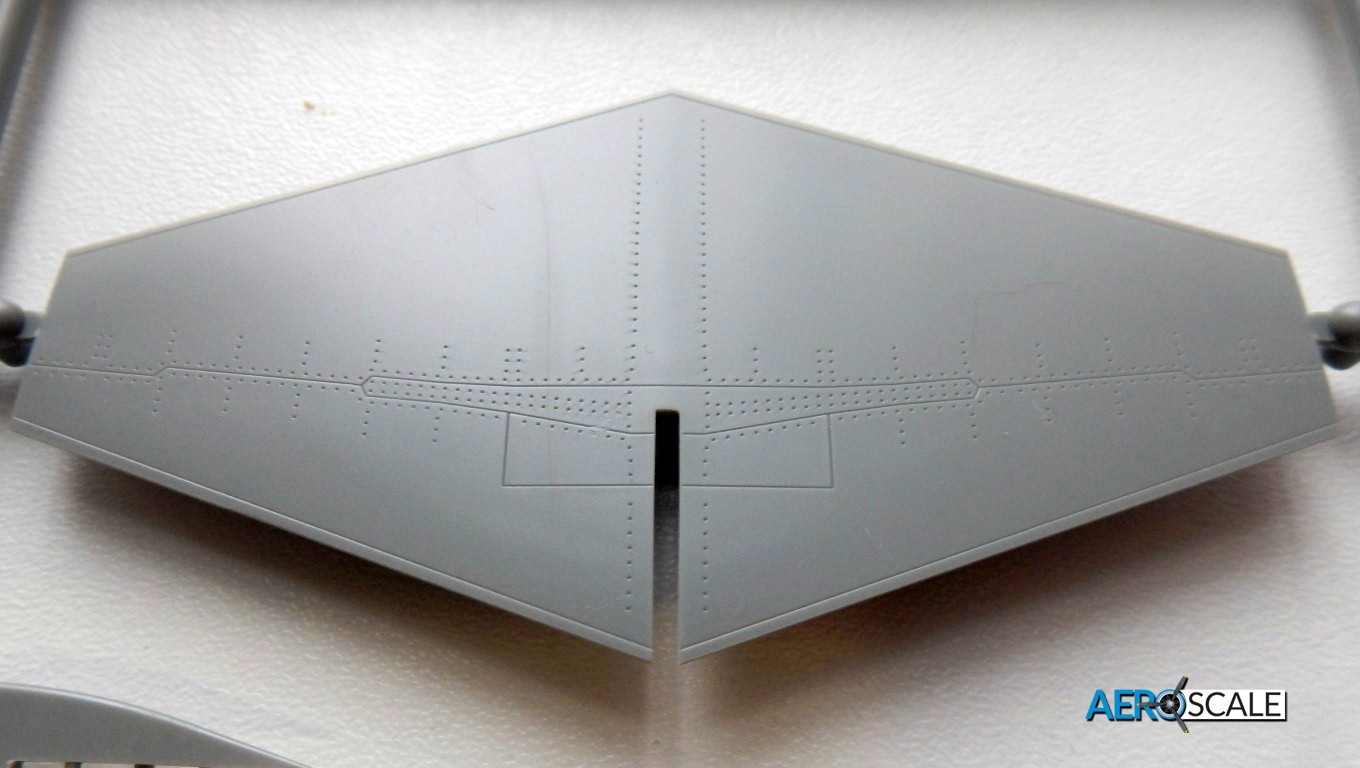
Internal detail for the Starfighters gets the Eduard treatment in the cockpit with a multi part instrument panel consisting of several photo etch parts, or you can use the decals supplied instead. The side panels get the same treatment, plus photo etch rudder pedals to go over the top of the moulded on plastic pedals found on the cockpit front wall.
The plastic seat is replaced completely with a resin and photo etch multi part affair, with precoloured P.E harness, data stencils, foot rests and ejection handles.
With all the Eduard goodies stuffed into the cockpit this will be better detailed then the plastic parts found in the standard kit, and will really set the cockpit off.
Also behind the cockpit is an avionics bay that can be modelled open or closed, and also has several photo etch parts to be attached.
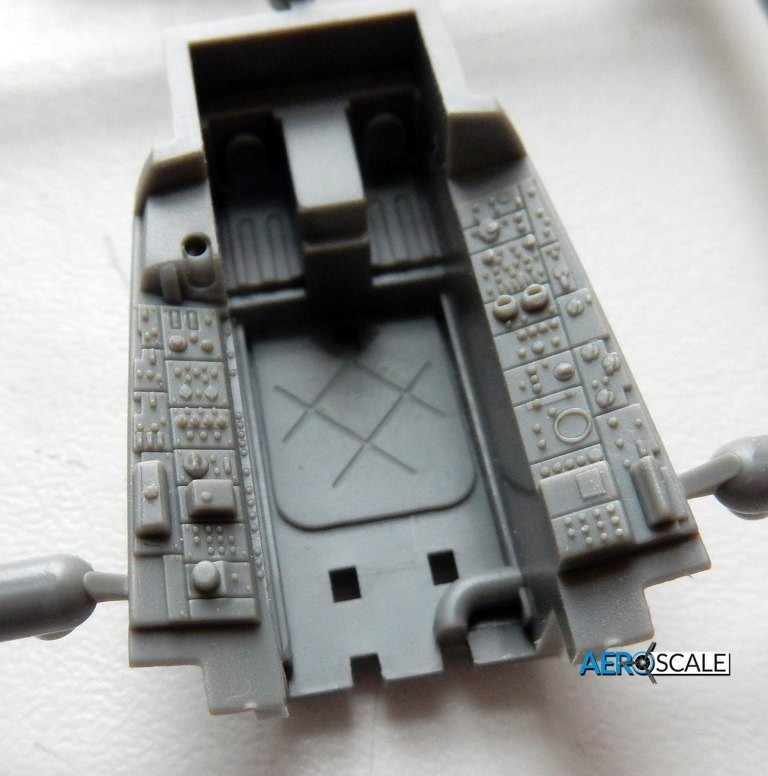
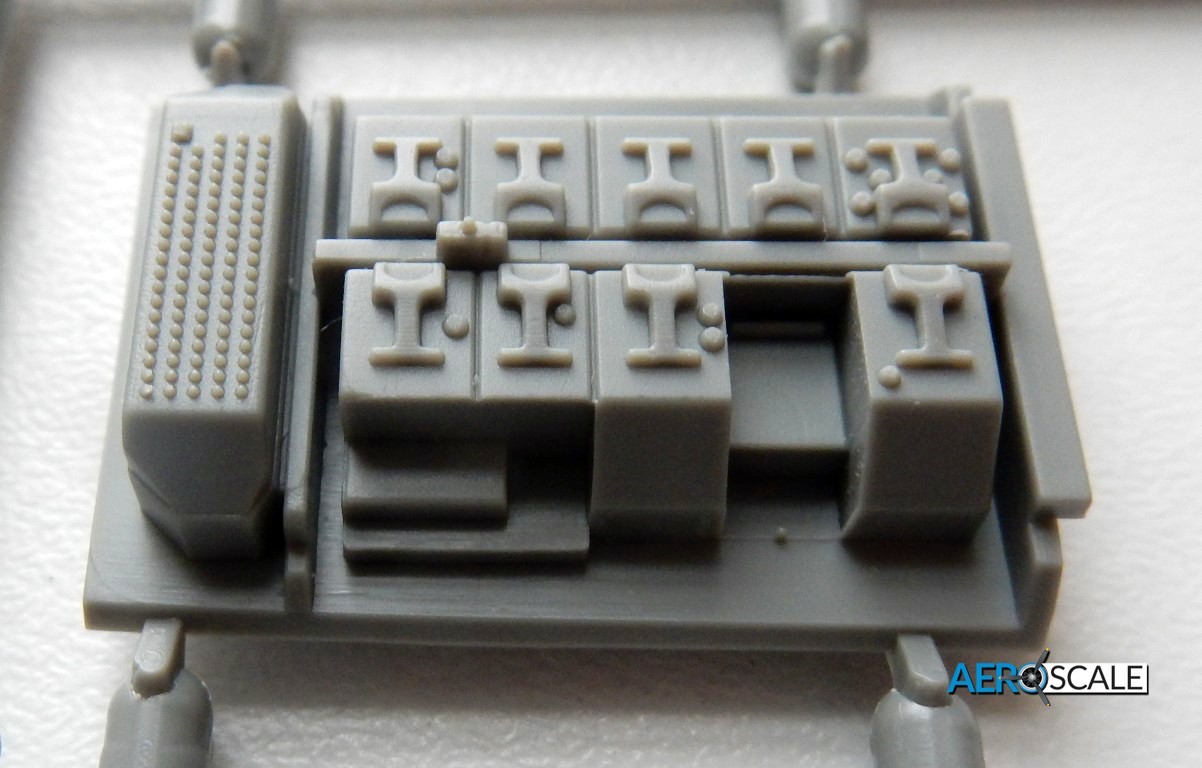
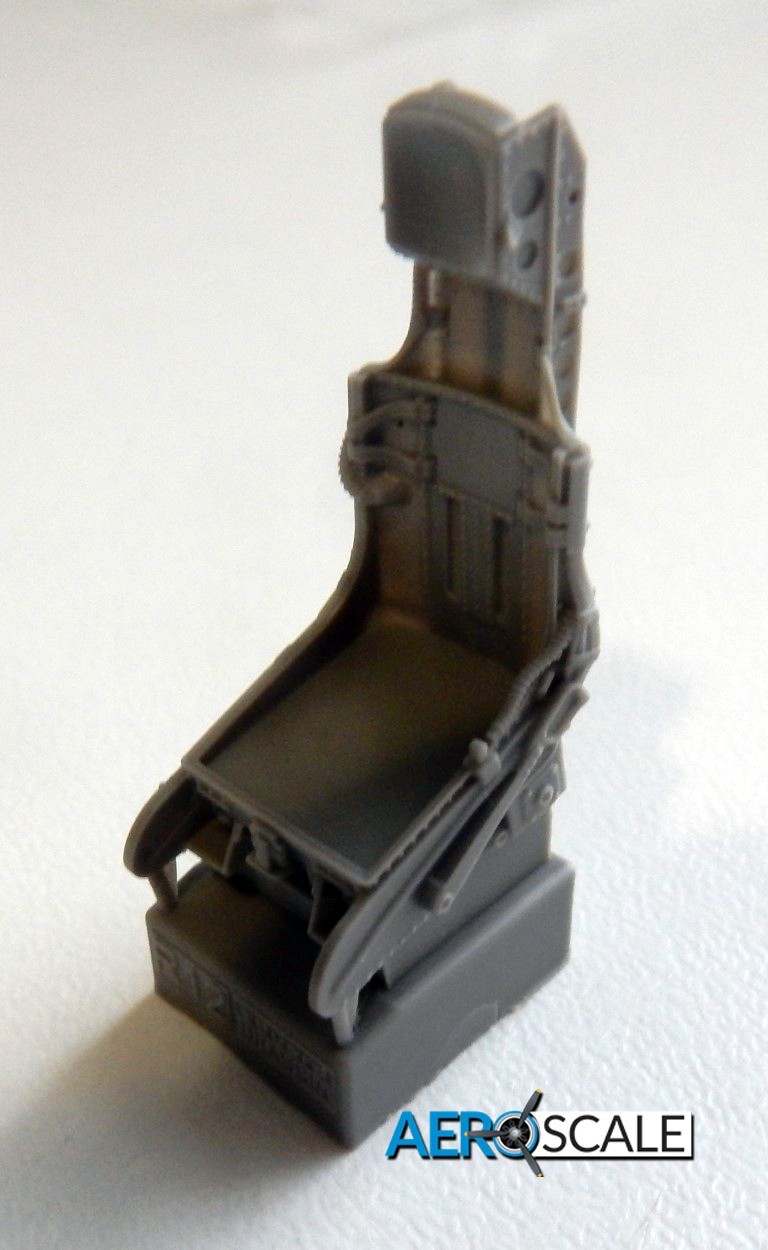
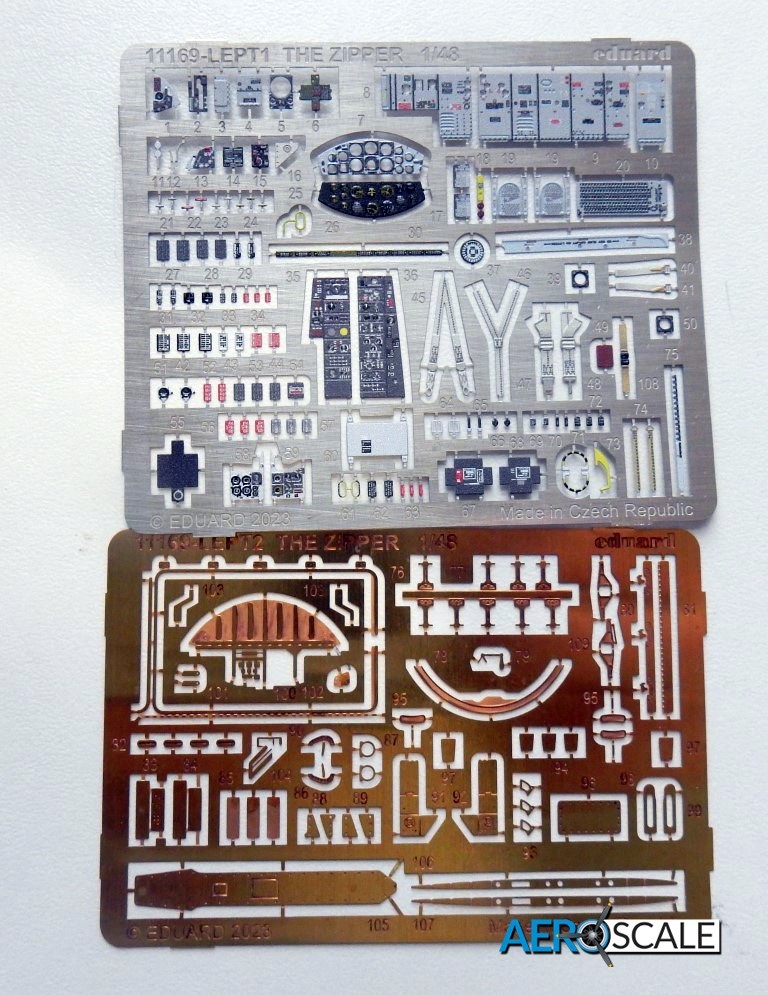

The undercarriage bays are well detailed with hydraulic lines moulded into the parts. Both the nose and main gear bays are inserts.
The main bay is tucked away in the fuselage and is made up of four parts and slots into the center of the two fuselage halves, along with a couple of photo etch parts.
The nose bay is made up of four parts and fits into an insert for the lower fuselage, and is pretty well detailed.
The undercarriage legs are a multi part affair, with plastic parts and photo etch parts used, and should look pretty detailed once built.
The Brassin wheels are well cast, with a light tread pattern on them. They are cast with a flat area with removal of the mounting lug, thereby giving it the appearance of a weighted tyre.
The main wheels have separate inner wheel hubs, and with the inclusion of a mask set should be easier to paint.
The nose wheel is one part, and nicely detailed.
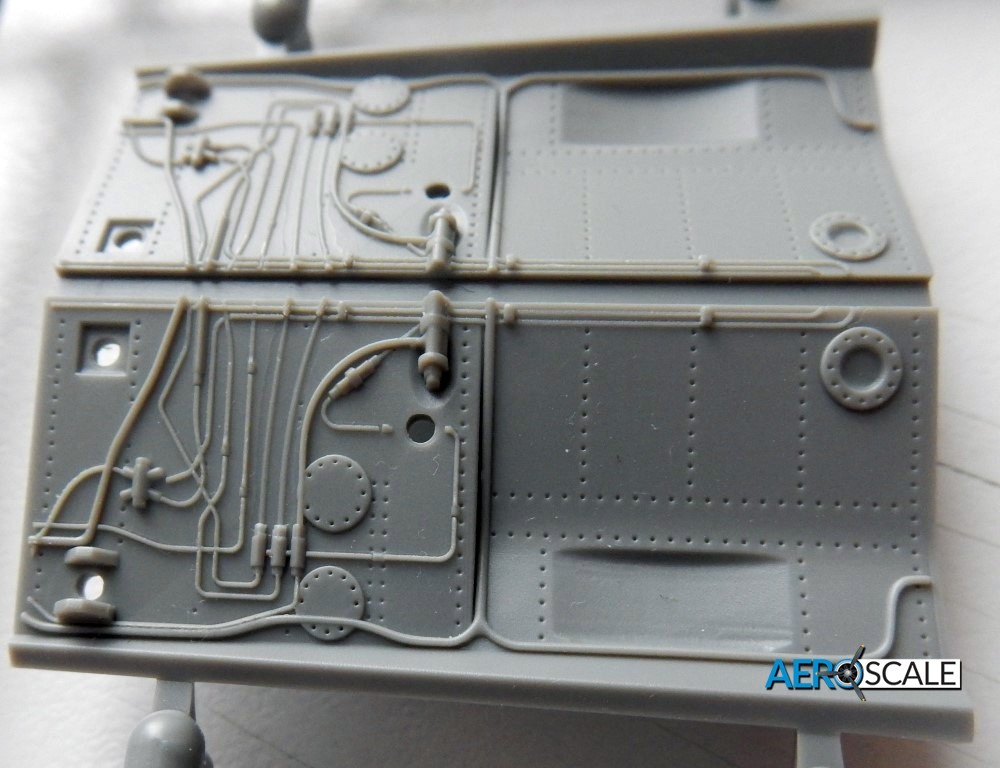

The stubby wings feature separate flaps which can be modelled up or down by removing the locating tabs.
Holes for the underwing pylons will need to be opened up if you are depicting one of the markings which have the underwing stores.
Also the speed brakes for the rear of the fuselage can be modelled open or closed.
The exhaust is made up of four parts and has some very nice detail for the afterburner petals.
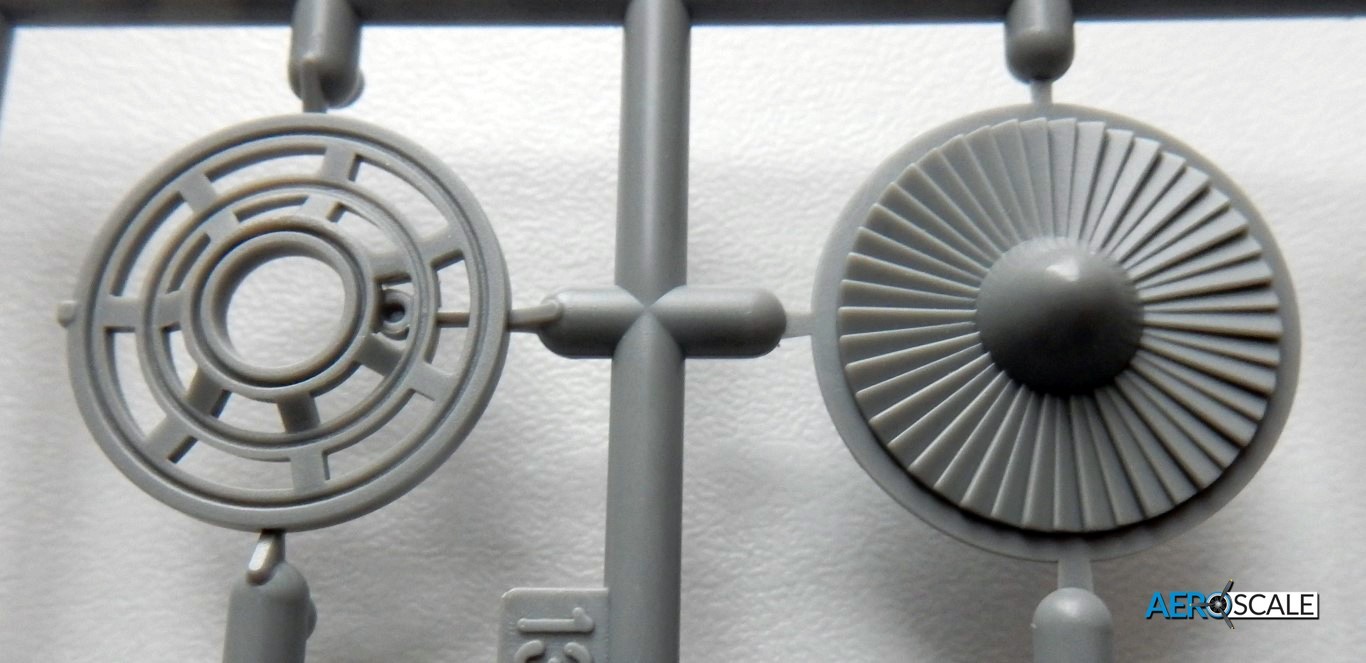
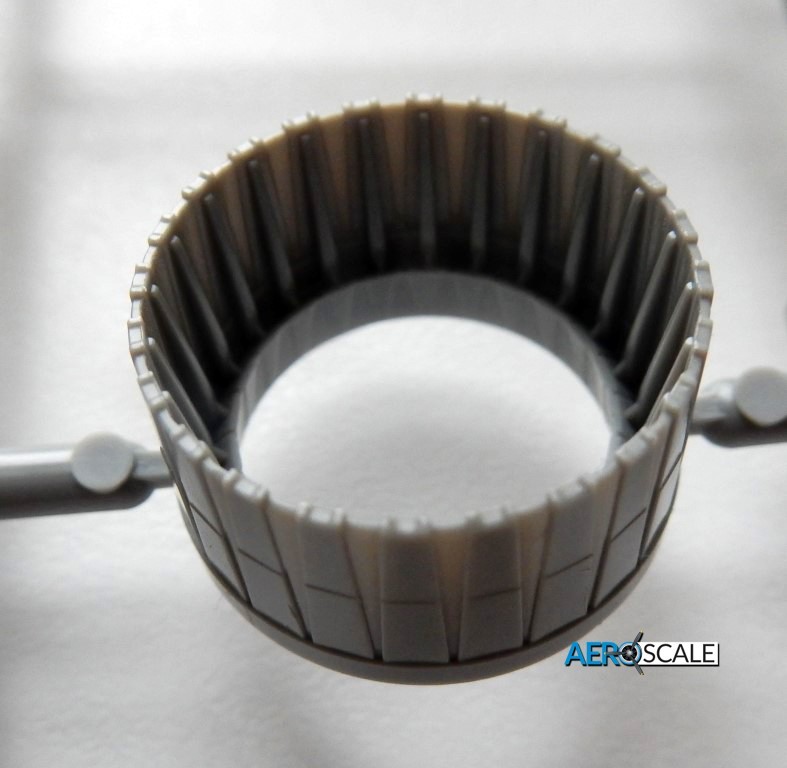
External stores for the F-104 are two wing tip tanks, two inboard underwing tanks for the wings and and two “Red Dog” wingtip attachment points for the two AIM-9B Sidewinders. Depending on which marking option you are building dictates which loadout goes for each aircraft.
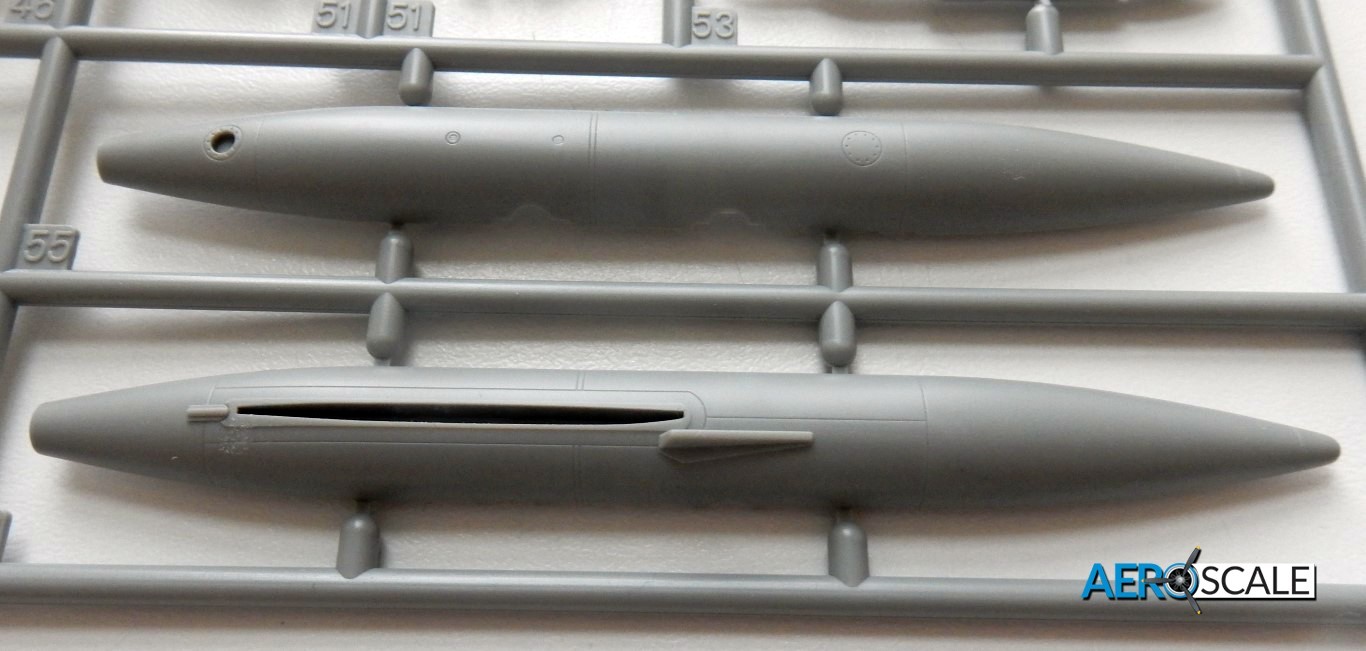

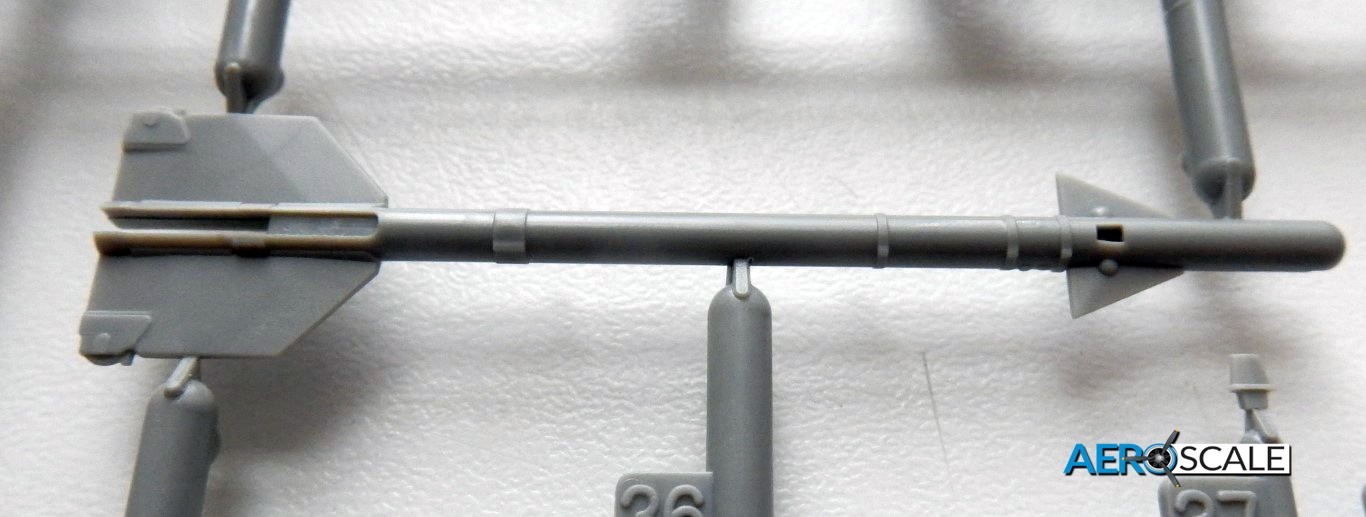
The clear parts are crystal clear and have some very nice raised framework.
The canopy can be modelled open or closed. If modelled open Eduard ahve supplied several photo etch parts for the canopy rails, and rear view mirrors, which are aircrfat specific, so consult the instructions when adding these parts.
A set of pre cut masks are also supplied for the three part canopy.

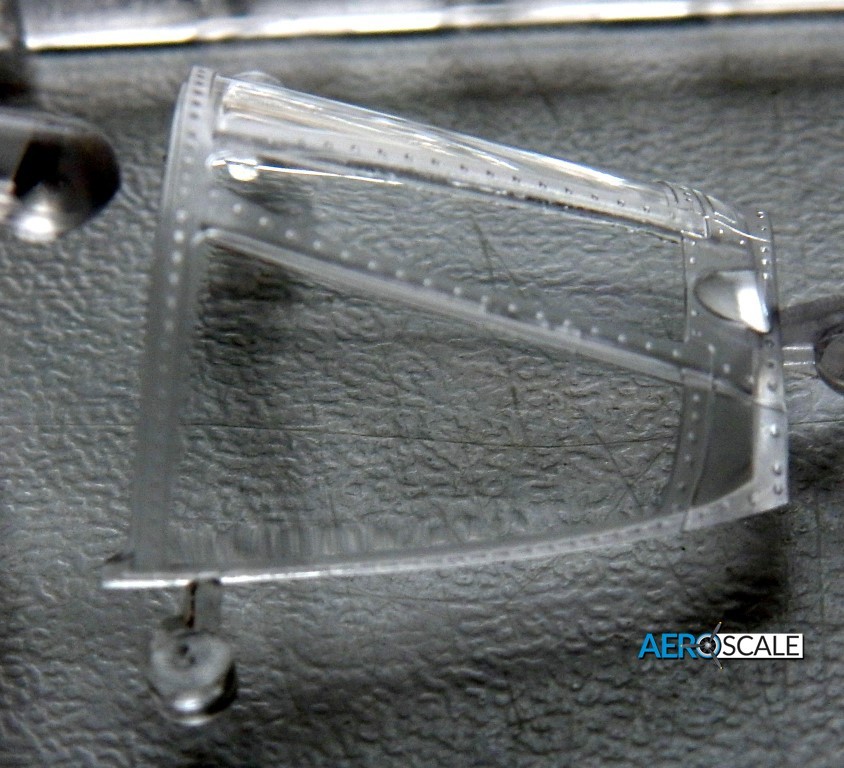
Instructions, decals and markings
The instructions are typical Eduard style, in a colour folded A4 size booklet.
The build takes place over 12 pages and is easy to follow with internal colours for the Aqueous and Mr Color paints. P.E and optional parts are clearly marked. Any surgery required is highlighted in red.
Any optional parts for the various marking options are highlighted, and you have to really decide which scheme you are building quite early in the build sequence.
All the paint and decal schemes are in colour with all four profiles of the aircraft shown.
As with the internal colours, paints are for the Aqueous and Mr Color range.
Any optional parts for the various marking options are highlighted, and you have to really decide which scheme you are building quite early in the build sequence.
All the paint and decal schemes are in colour with all four profiles of the aircraft shown.
Two full pages of stencil guides can be found on the last two pages of the instructions.
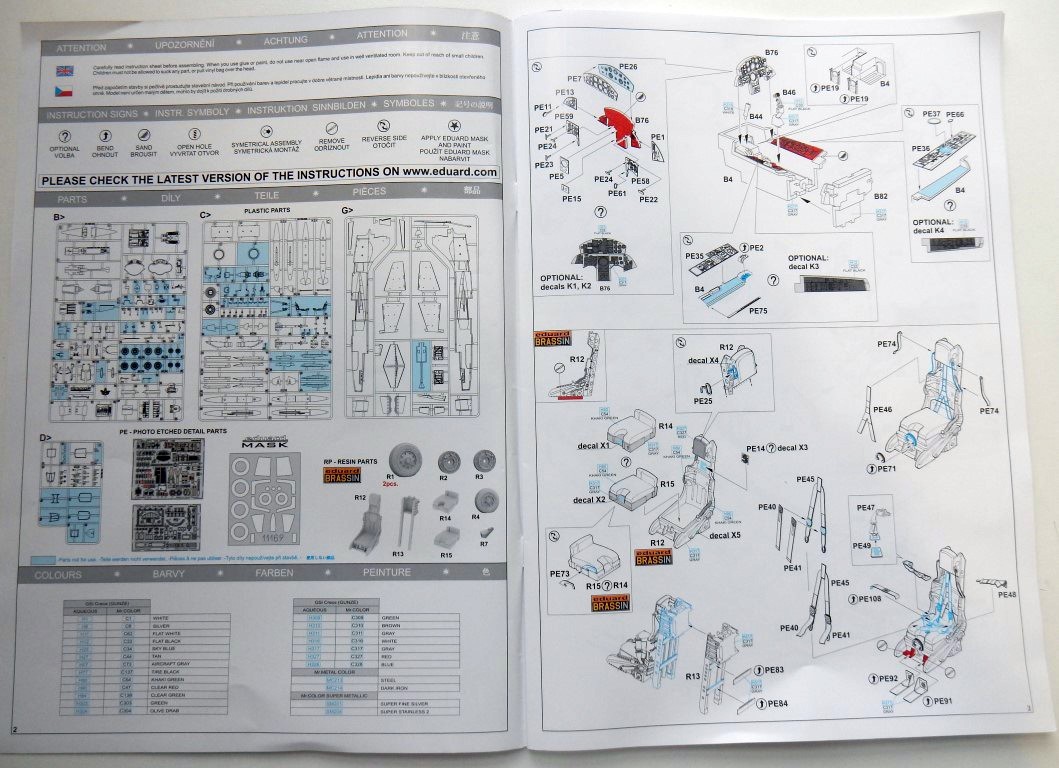
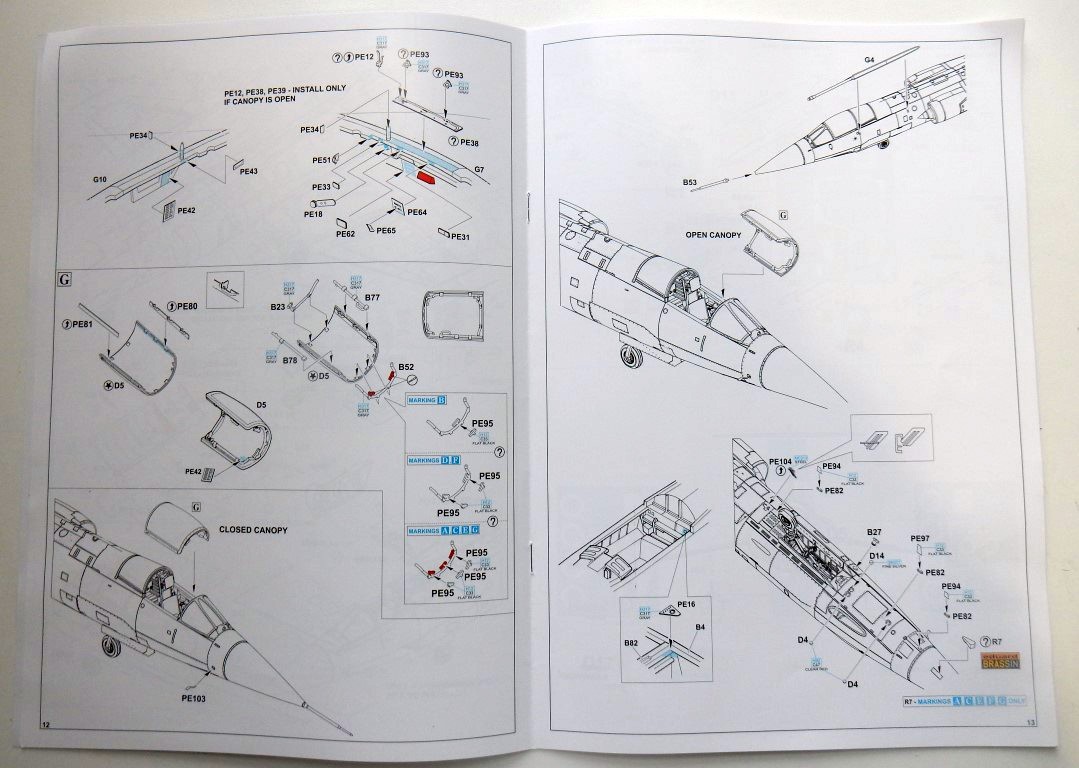
The decals come on two sheets, one holds the markings and insignia, with the smaller sheet holding the multitude of stencils.
Both are well printed with good colour and very little carrier film.
Having used Eduard decals plenty of times I have never had any issues with them.
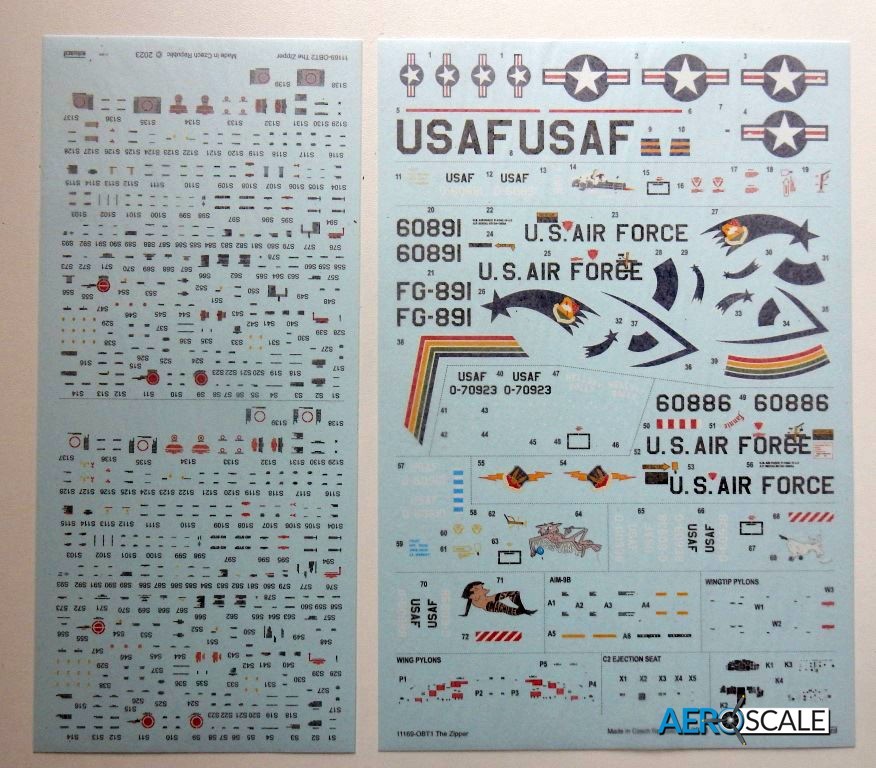
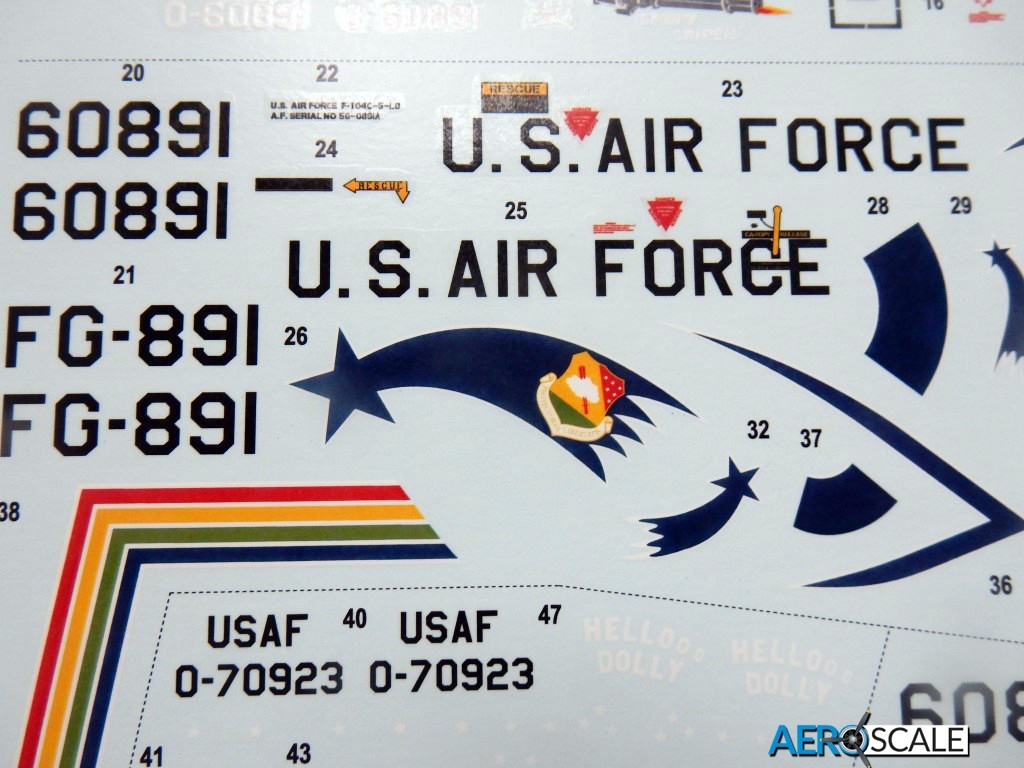
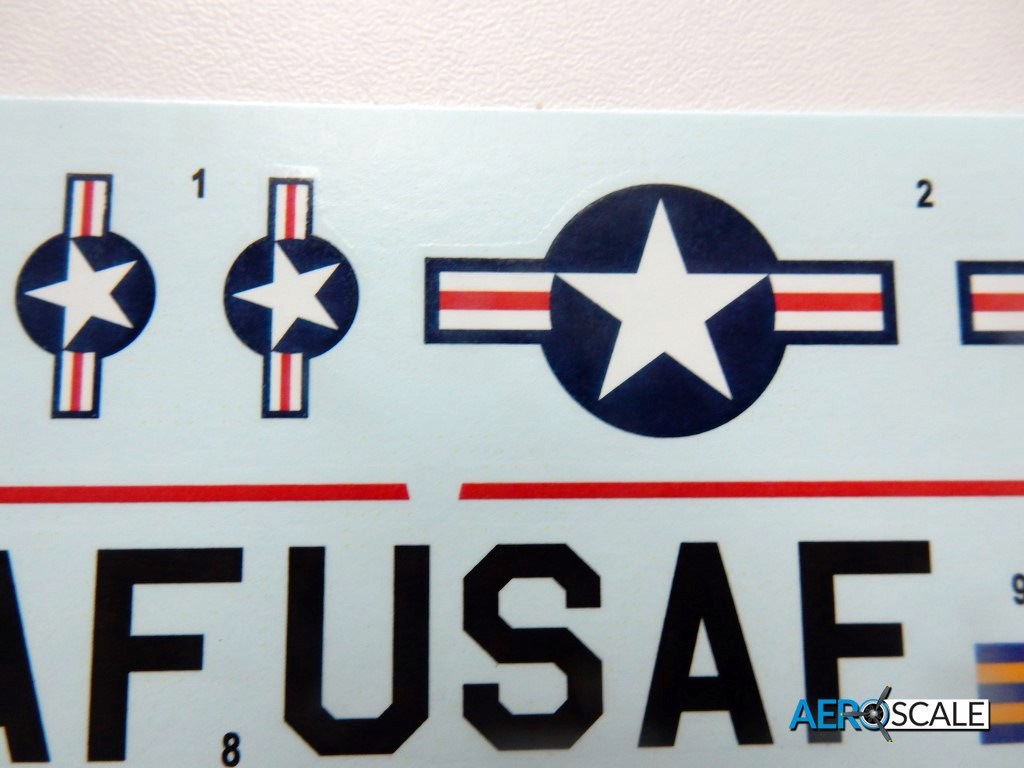
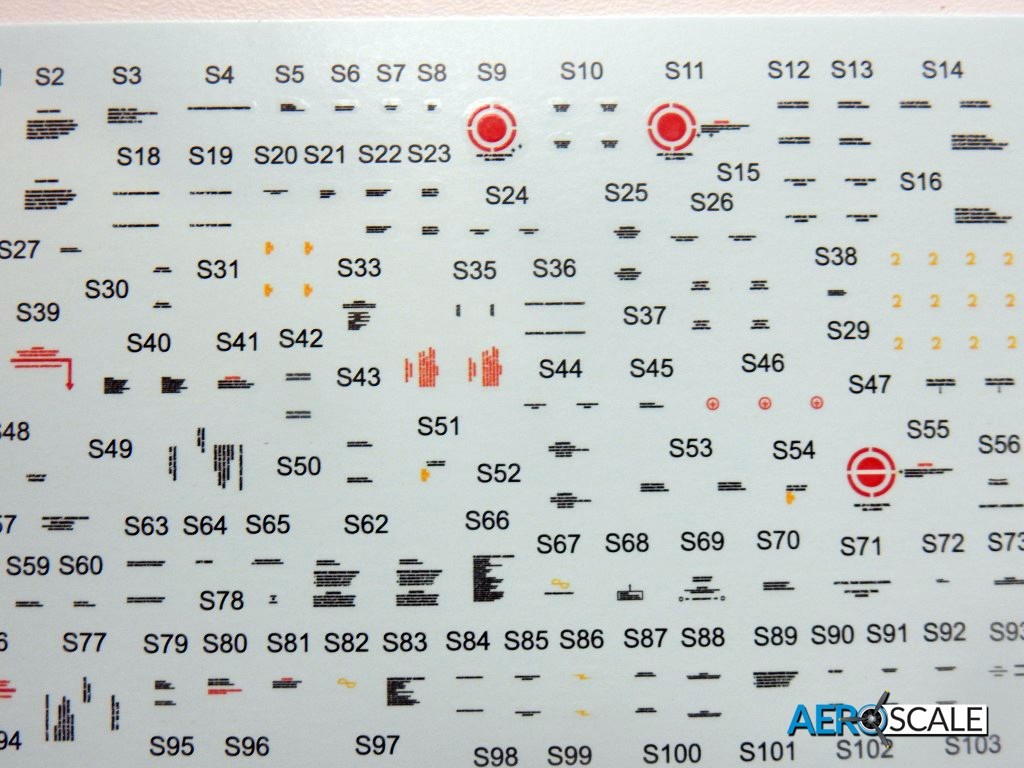
As already stated there are seven markings options depicted in this boxing. Five are in the South East Asia scheme of Light and drak green and tan uppers, with gray lowers. Two are in stainless steel/silver livery. All the markings are quite colourful.
The seven aircraft markings are -
A - F-104C-5-LO, 56-0891, Maj. Charles H. Drisko, 435th TFS, 479th TFW, Udorn RTAFB, Thailand, 1967.
B - F-104C-5-LO, 56-0891, Col. George Laven Jr., 479th TFW, George AFB, California, United States, 1959
C - F-104C-10-LO, 57-0923, Lt. Col. Robert A. Preciado, 435th TFS, 479th TFW, Udorn RTAFB, Thailand, July 1967
D - F-104C-5-LO, 56-0886, 476th TFS, 479th TFW, Da Nang AB, South Vietnam, April 1965
E - F-104C-5-LO, 56-0910, Capt. James B. Trice, 435th TFS, 479th TFW, Udorn RTAFB, Thailand, 1967
F - F-104C-5-LO, 56-0938, Maj Bobby D Betsworth, 435th TFS, 479th TFW, Udorn RTAFB, Thailand, June-August 1967
G - F-104C-5-LO, 56-0898, Maj Hugh B Spencer, 435th TFS, 479th TFW, Udorn RTAFB, Thailand, 1967.


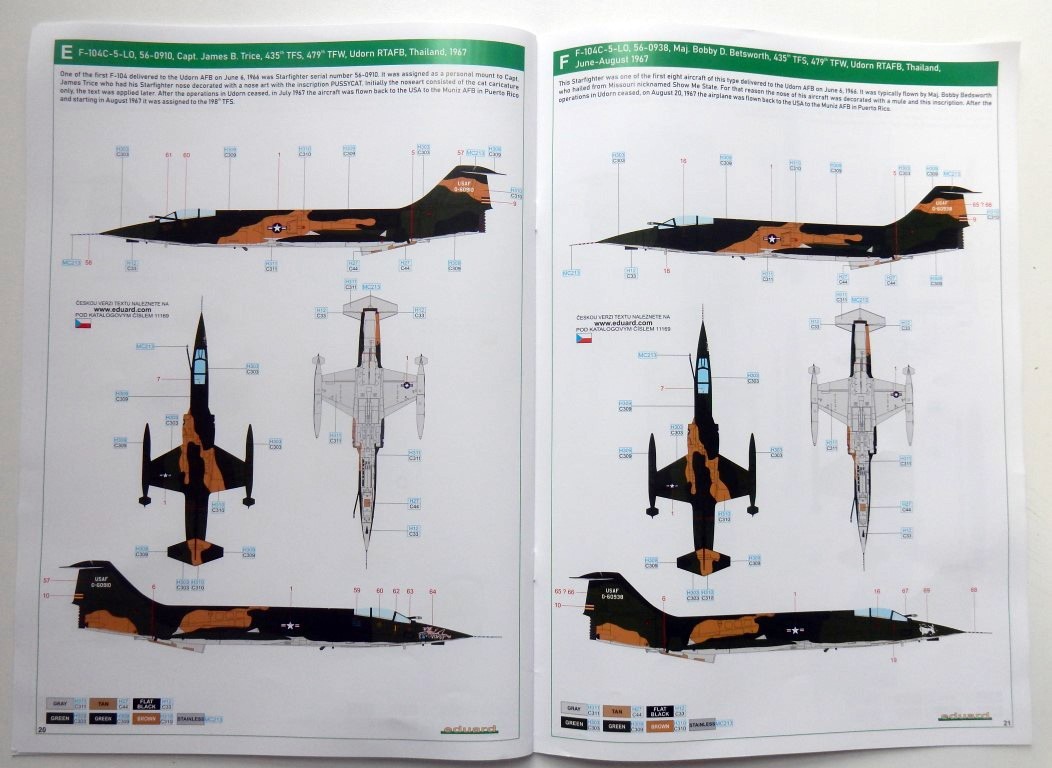
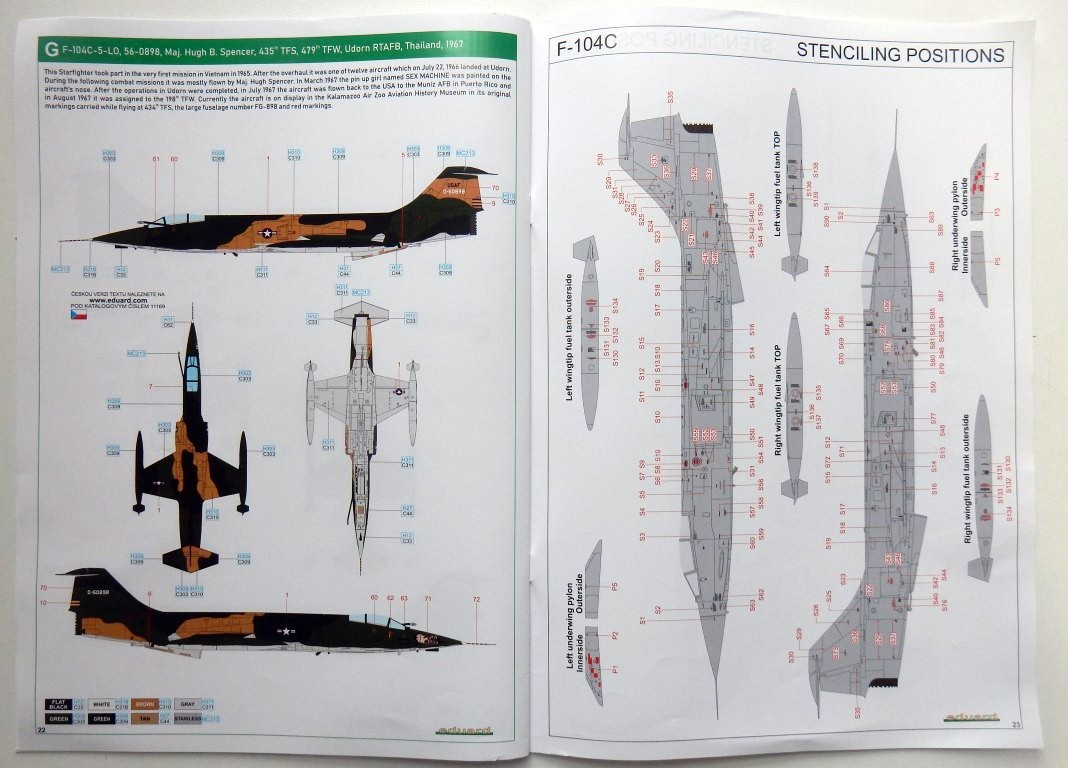
Conclusion
What's not to like with this kit. The Kinetic plastic parts are good by themselves and with the Eduard extras it takes this kit to the next level.
Although the kit is multimedia, a begginer with a little patience could build this boxing of the Starfighter.
If your a fan of the century series aircraft then this is a great addition to your stash.
Item no - 11169
Link - THE ZIPPER 1/48 - Eduard Store
Please remember, when contacting retailers or manufacturers, to mention that you saw their products highlighted here - on AEROSCALE.











